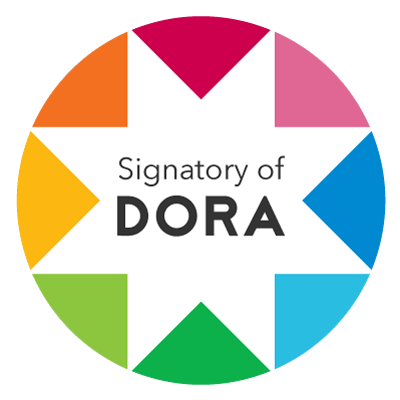Abstract
Graphic novels about genocide feature a surprisingly rich array of animal imagery. While there has been substantial analysis of the anthropomorphic animals in Maus, the roles and functions of non-anthropomorphised animals have received scant attention. In this article, I conduct a comparative analysis of ten graphic novels about genocide to identify and elucidate the archetypical functions of non-anthropomorphised animals. These animals can play a symbolic role, providing insight into the human condition. More commonly, they provide crucial emotional cues to the reader. Animal imagery can be a powerful technique for creating an affective context, communicating both simple and complex emotions in an effective and efficient way. This may explain the prevalence of animal imagery in graphic novels about genocide.
DOI
https://doi.org/10.5038/1911-9933.12.2.1486
Recommended Citation
Mayersen, Deborah
(2018)
"Cockroaches, Cows and "Canines of the Hebrew Faith": Exploring Animal Imagery in Graphic Novels about Genocide,"
Genocide Studies and Prevention: An International Journal:
Vol. 12:
Iss.
2:
165-178.
DOI:
https://doi.org/10.5038/1911-9933.12.2.1486
Available at: https://digitalcommons.usf.edu/gsp/vol12/iss2/11
Creative Commons License

This work is licensed under a Creative Commons Attribution-Noncommercial 4.0 License



